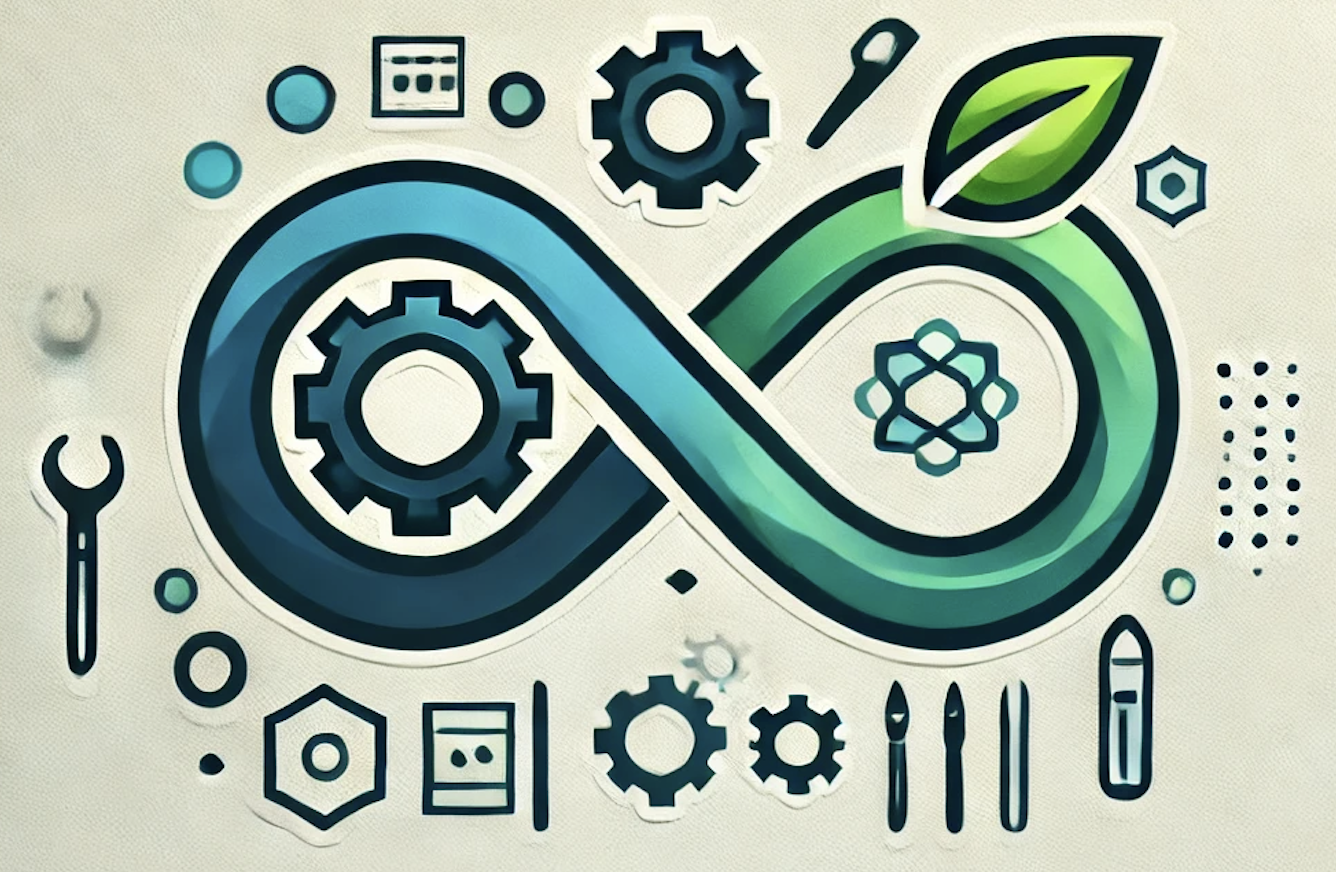Continuous Delivery (CD) and Continuous Deployment (CD)
 DevOpshelian
DevOpshelianIntroduction
Continuous Delivery (CD) and Continuous Deployment (CD) are key practices in the DevOps methodology, focusing on automating the release process to deliver software efficiently and reliably. While they are closely related, they serve distinct purposes in the software delivery pipeline.
Continuous Delivery
Continuous Delivery ensures that the codebase is always in a deployable state. This means that all changes pass through automated tests and are ready for deployment to production at any time. CD involves:
Automated Testing:
- Extensive automated tests, including unit, integration, and acceptance tests, validate the functionality and performance of the application.
Automated Deployment:
- Automated scripts and tools deploy the application to staging environments, ensuring that the deployment process is tested and repeatable.
Approval Gates:
- Human intervention is required to approve and initiate the deployment to production. This ensures that stakeholders review and approve changes before they go live.
Benefits of Continuous Delivery:
Reduced Risk: Frequent releases with smaller changes reduce the risk associated with deployments.
Faster Feedback: Immediate feedback from automated tests helps in identifying and fixing issues quickly.
Increased Reliability: Automated and consistent deployment processes increase reliability and reduce deployment errors.
Continuous Deployment
Continuous Deployment takes Continuous Delivery a step further by automating the entire release process. Every change that passes automated tests is automatically deployed to production without human intervention. This practice is suitable for organizations that prioritize rapid and frequent delivery of updates.
Key Aspects of Continuous Deployment:
Comprehensive Test Automation:
- Extensive test coverage is crucial as there are no manual checks before deployment.
Monitoring and Rollback:
- Continuous monitoring is essential to detect issues in real-time. Automated rollback mechanisms should be in place to revert to a previous stable state if a problem is detected.
Feature Toggles:
- Feature toggles allow new features to be deployed in a disabled state and enabled gradually, ensuring that new changes do not disrupt existing functionality.
Benefits of Continuous Deployment:
Rapid Delivery: Features and fixes reach users faster, providing immediate value.
Increased Efficiency: Automation eliminates the need for manual deployment processes, saving time and effort.
Higher Quality: Continuous testing and monitoring ensure that only thoroughly tested changes reach production.
Implementing CD/CD in Your Workflow
Automate Everything:
- Automate the entire pipeline, from code commits to deployment, including build, test, and deployment processes.
Maintain a Single Source of Truth:
- Use a version control system to maintain a single source of truth for your codebase, ensuring consistency and traceability.
Invest in Robust Testing:
- Develop a comprehensive suite of automated tests to catch issues early and ensure code quality.
Implement Monitoring and Alerting:
- Set up monitoring and alerting systems to detect and respond to issues in real-time.
Gradual Rollout and Rollback:
- Use feature toggles and canary releases to gradually roll out new changes and quickly rollback if necessary.
Conclusion
Continuous Delivery and Continuous Deployment are essential practices in DevOps, enabling organizations to deliver high-quality software quickly and efficiently. By automating the release process and ensuring that the codebase is always in a deployable state, CD and CD practices reduce risk, improve feedback loops, and increase reliability. Adopting these practices can significantly enhance your software delivery pipeline, leading to faster and more reliable releases.
Subscribe to my newsletter
Read articles from DevOpshelian directly inside your inbox. Subscribe to the newsletter, and don't miss out.
Written by
